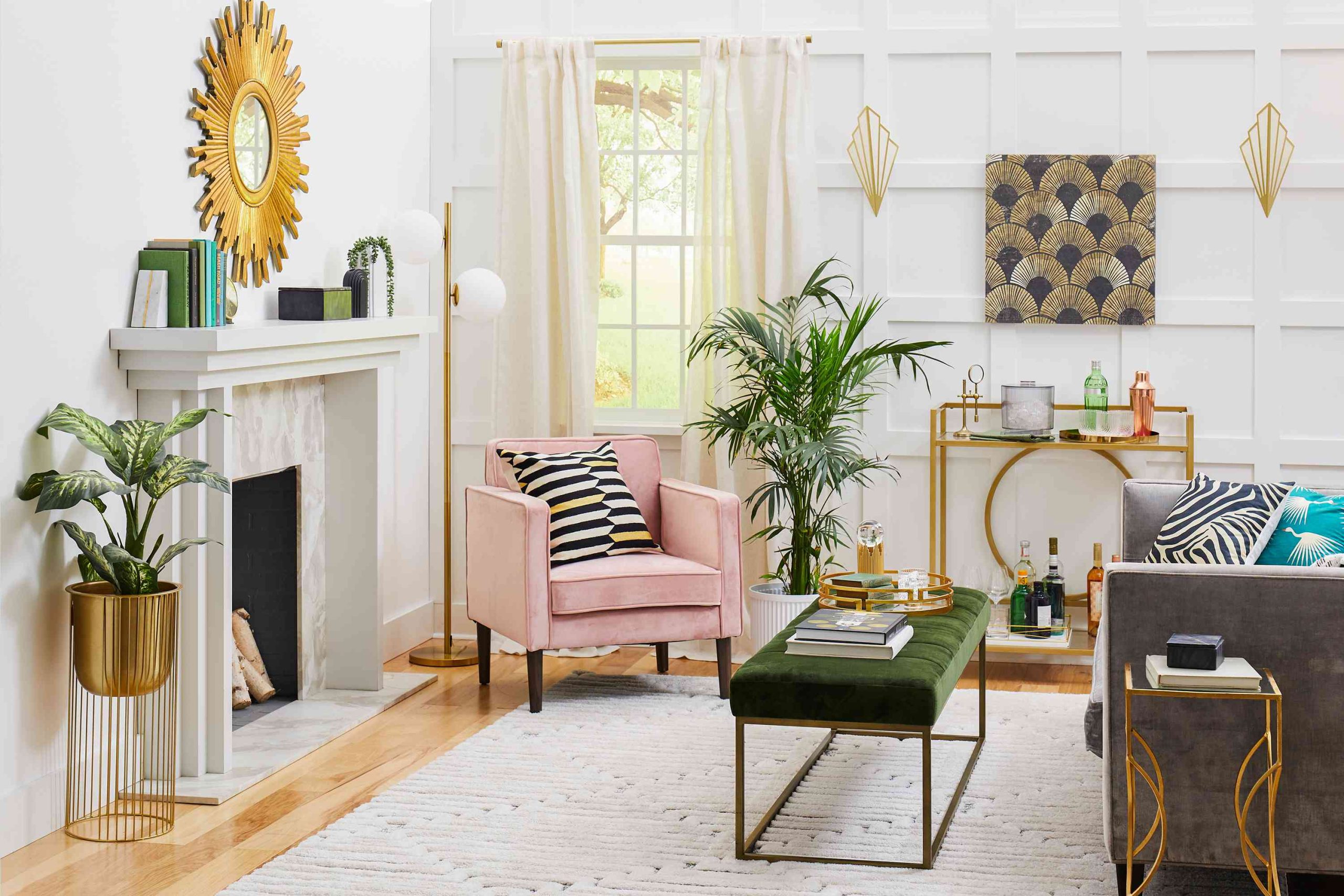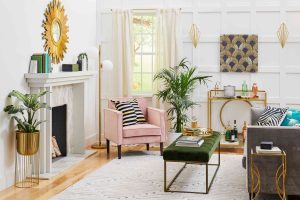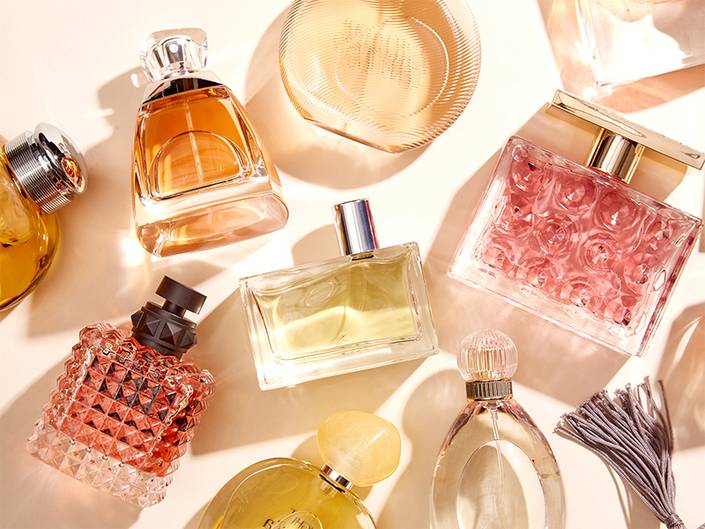
Art Deco to Minimalism: A Deep Dive into Decor Styles
As someone who has always been fascinated by interior design, I find myself constantly immersed in the world of decor styles. From the opulent elegance of Art Deco to the sleek simplicity of Minimalism, there is an incredible range of aesthetics to explore. So, grab a cup of tea and join me on a journey as we dive deep into the fascinating world of decor styles.

Art Deco, which emerged in the 1920s, is a style that embodies glamour and luxury. It’s characterized by geometric patterns, bold colors, and the use of rich materials such as marble and chrome. When I think of Art Deco, I envision lavish cocktail parties, glistening chandeliers, and the iconic Empire State Building.
One of the most striking features of Art Deco is its emphasis on symmetry. Whether it’s in the form of symmetrical patterns on wallpaper or meticulously arranged furniture, there is a sense of order and precision that defines this style. The use of high-contrast colors, such as black and white or deep blues and golds, adds to the drama and opulence of the space.
Moving forward a few decades, we arrive at the mid-century modern style, which gained popularity in the 1950s and 1960s. This style embraces simplicity and functionality, taking inspiration from the Bauhaus movement. Mid-century modern design focuses on clean lines, organic shapes, and the use of natural materials like wood and leather.
When I think of mid-century modern, I picture iconic furniture pieces like the Eames Lounge Chair or the Tulip table. These designs are timeless and have become synonymous with the style. In a mid-century modern space, you’ll often find open floor plans, large windows to let in natural light, and a minimalist color palette with pops of color through accent pieces.
From mid-century modern, we transition to Scandinavian design, which originated in the Nordic countries in the 1950s. Scandinavian style is known for its emphasis on functionality, simplicity, and the use of natural materials. It’s all about creating a cozy, inviting space that feels warm and comfortable.
In a Scandinavian-inspired home, you’ll find light-colored walls, lots of natural light, and a mix of textures like wool and fur to add depth and warmth. Furniture is often sleek and minimalist, with clean lines and a focus on practicality. Scandinavian design also incorporates elements of nature, such as indoor plants and wooden accents, to create a connection with the outdoors.
In contrast to the warmth and coziness of Scandinavian design, we dive into the crisp and clean world of Minimalism. Minimalism is all about eliminating excess and focusing on the essential. It’s a deliberate choice to create an uncluttered and serene environment.
When I think of Minimalism, I picture an open and airy space with neutral colors like white or beige dominating the palette. Furniture is simple and sleek, often with hidden storage solutions to hide away any unnecessary clutter. Minimalist style also embraces the use of negative space, allowing for breathing room and a sense of calmness.
As a lover of decor, I find myself drawn to different styles at different times. Sometimes I crave the opulence of Art Deco with its bold colors and ornate details, while at other times, I long for the simplicity and tranquility of Minimalism. Exploring these different decor styles allows me to express different aspects of my personality and create spaces that truly feel like home.
In conclusion, the world of decor styles is a vast and fascinating one, offering endless possibilities for creating unique and personal spaces. Whether you’re drawn to the glamour of Art Deco, the functionality of mid-century modern, the coziness of Scandinavian design, or the serenity of Minimalism, there’s a style out there for everyone. So go ahead, unleash your creativity, and let your home reflect your personal style.



